Cleaning a Dirty Sponge Only Helps Its Worst Bacteria
7 minute read
Be it the bathroom, kitchen, dishes, or counters, sponges are your best friend when it comes to cleaning. They are perfect for getting rid of most stains and wiping away bacteria and dirt, but most people forget that sponges need to be cleaned too.
A standard cleaning trick for sponges is to microwave them, but at least one recent study has found that this only gets rid of some bacteria. The strongest and most dangerous ones are left behind, hiding in the spongy crevices.
It turns out that sponges are the perfect setting for bacteria to set up residence and are often teeming with countless strains at any one time. This makes sense, considering what the sponge does each day and all the places it travels.
| Related: 11 Smart Things To Add To Your Spring Cleaning Routine |
The common attempt to “disinfect” a sponge via microwaving does help to remove some bacteria, but only the weaker strains are killed off. The tough ones stay behind with more space to grow and can be delivered to any surface you next decide to clean.
Who knows what you will wash next, as you blindly continue with your chores unaware that your “clean” sponge is anything but.
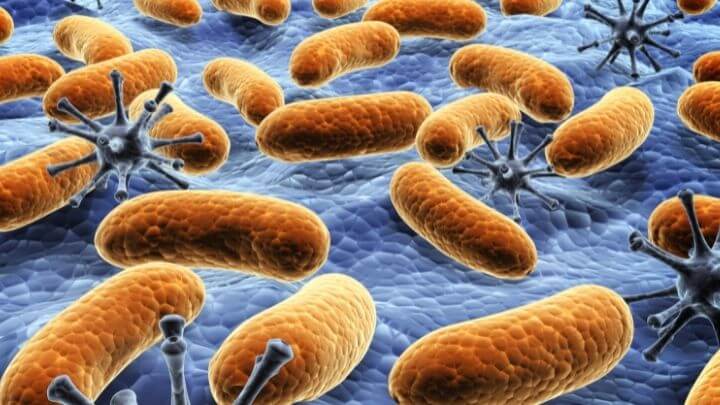
Sponges are the perfect bacterial home
Bacteria are everywhere. They live on every surface and even thrive on your skin and inside your body. Thankfully, not all bacterial strains are pathogenic (disease-causing), and many out there benefit us and protect us from the harmful ones.
A sponge provides the ideal warm, wet surroundings for bacteria both good and bad. Plus, thanks to all the food, skin, and surfaces sponges are exposed to, there are nutrients galore.
That’s a perfect recipe for a bacterial breeding ground. Over time your sponge becomes smellier and dirtier due to their increased presence.
| Related: 7 Unexpected Health Benefits Of Passing Gas |
Despite knowing that bacteria are everywhere, it was previously underestimated exactly how many lived in your sponge. Sponge samples were tested, looking for RNA and DNA of bacterial strains and the ranges and quantities are far higher than we ever imagined.
One scientist found that 362 different species were living in one sponge and close to 82 billion bacteria could live within one cubic inch of space. This density is markedly similar to the amount found in human stool samples, making sponges one of the few places on earth with such high bacterial density.
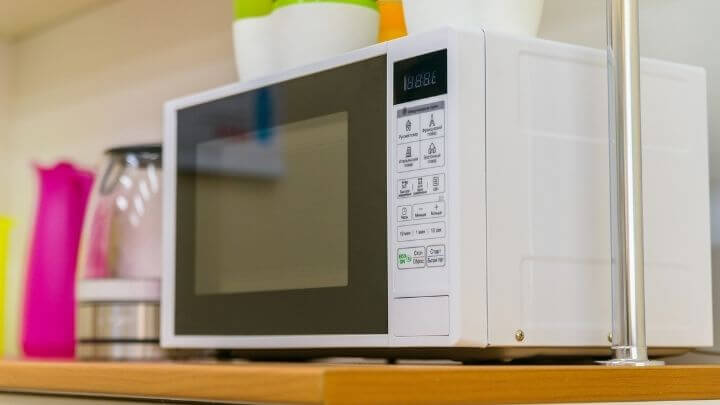
With the news that microwaving sponges can actually make them more pathogenic, it makes more sense to throw sponges out rather than try to clean them. Not so sure you want to keep cleaning and re-using sponges anymore are you?
What lurks beneath...
Among the sponges tested, a particularly nasty bacterial strain was identified, a microbe known as Moraxella osloensis. This bacterium lives on human skin and causes infections in people that have weakened immune systems.
| Related: Restoring The Digestive Microbiome In Critically Ill Patients |
Most people are familiar with this bacterial strain because it is the culprit behind the smell that dirty laundry gets after a day or so and is the reason your sponge also begins to stink.
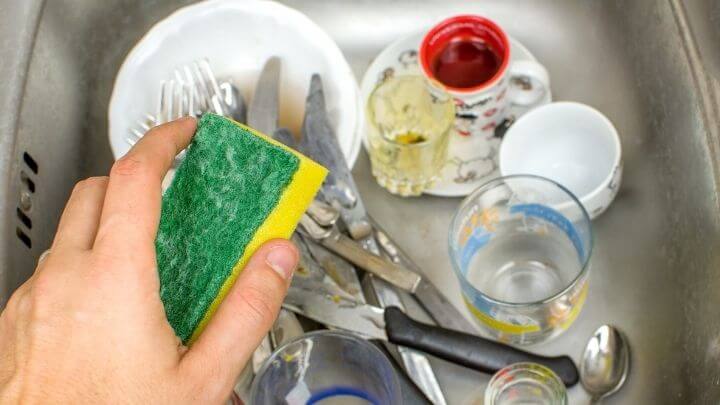
We all try to be thrifty to some extent, and cleaning a sponge is one way to save a few dollars, but when the sponge starts to emit odors, it is time to let it go. Disinfecting the sponge with vinegar, throwing it in the laundry or microwaving isn’t effective enough work and will leave behind some of the tough, stubborn bacteria.
In fact, many of the tested sponges containing the harmful bacteria came from houses that regularly disinfected the sponges! Since there is no sure way to clean the sponge completely, you’re better off just throwing them out.
New studies have even shown that cleaning sponges boosts the levels of certain bacteria. There are five species of bacteria that are known to have caused over 90 percent of hospitalizations through food-borne illnesses and, thankfully, these bacterial strains are rarely found in sponges.
| Related: DYK: Before 1973, It Was Illegal in the U.S. to Profit Off Healthcare |
However, the ones that do live there can make you sick, especially if you already have a weakened immune system. Microwaving the sponge will get rid of close to a million of the sponge inhabitants, but these harmful ones will likely stick around.
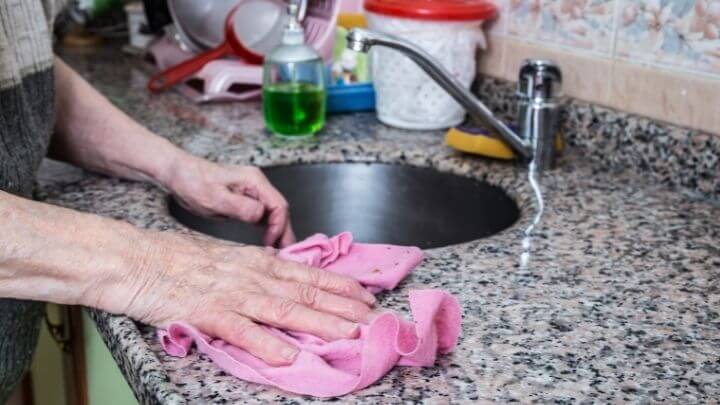
Apart from throwing out sponges once they start to stink and getting new ones, there are a few extra things you can do to prevent spreading bacteria to your family members:
♦ Clean the sponge every few days by putting it through a dishwasher cycle with a heated dry cycle or wetting the sponge and placing in the microwave for one minute.
♦ Do not keep sponges for a really long time; typically two to three weeks is long enough.
♦ Always keep the sponge away from raw meat and the juice from it, which are both high in bacterial content. Meat should be prepared on paper that can be thrown away, so your sponge never touches them.
♦ Apart from sponges, there are other bacterial havens throughout your house that you may not be aware of. Your toothbrush holder, for example, is the number three most germ-infested item in your house and needs to be cleaned regularly.
Also, avoid flushing the toilet with the lid open to prevent the spread of bacteria through the bathroom air. Purses and handbags can provide cozy getaways for germs and should be wiped down with antibacterial cloths regularly.
It is easy to transfer bacteria from handles to hands to your face or any other surface. Desk spaces also tend to be favored by bacteria, with phones being their favorite hangout.
Always wipe down the surfaces of phones and equipment with antibacterial sprays or wipes to keep bacterial concentration at a minimum.
The Bottom Line
While it may seem difficult, if not impossible, to keep your home free of bacteria, just remember that we actually need bacteria to some extent. You'll never succeed in fully eradicating bacteria, so just be sure to not let lack of timely house-keeping allow bacteria to take over your home.
READ NEXT >>> Surprising Activia Ingredients & Your Gut Health
-
https://www.npr.org/sections/thesalt/2017/01/24/511267616/spains-robin-hood-restaurant-charges-the-rich-and-feeds-the-poor
-
http://www.businessinsider.com/robin-hood-restaurant-spain-2017-1
-
https://www.bowery.org/homelessness/tips-help-homeless/
-
http://www.newsweek.com/illegal-feed-criminalizing-homeless-america-782861





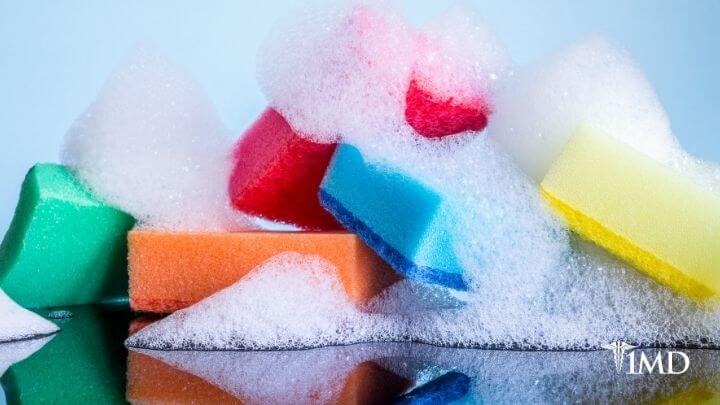



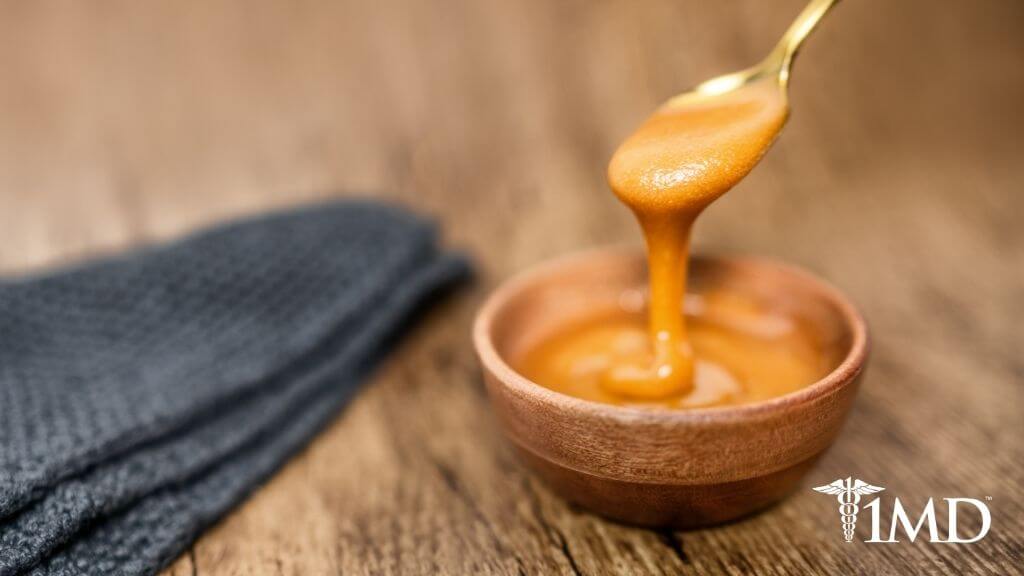

 Health Guides
Health Guides
 Latest Research
Latest Research


